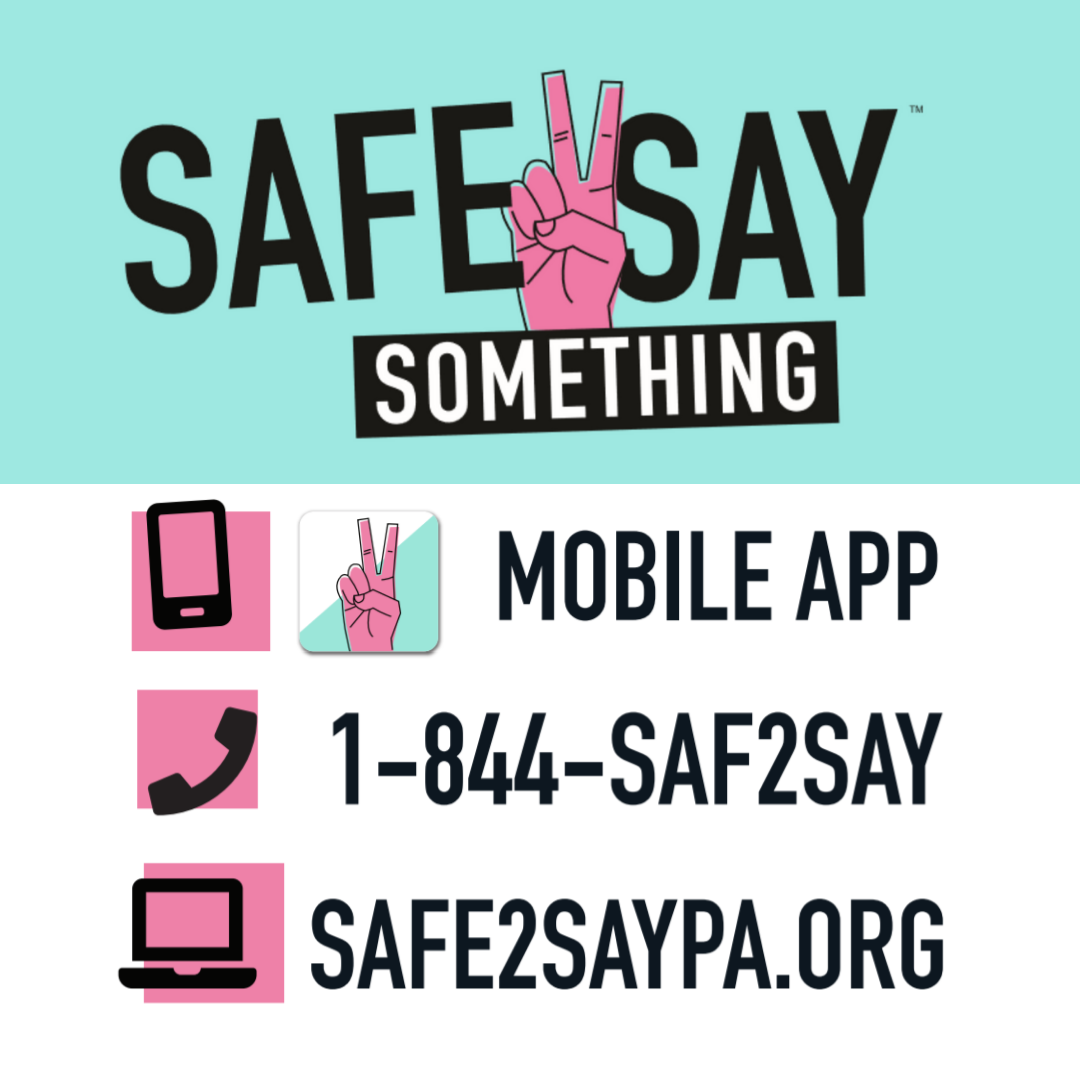Mental illness is a scary topic. It’s a dark web of self-inflicted lies that traps away all hope of getting better – or, at least, that’s what it feels like. If you’ve never experienced the debilitating darkness of depression, or the mind numbing fear of anxiety, then it may be hard to understand how your friend or loved one may be feeling. Even more so, it would be hard to understand how these feelings could be leading your loved one to equally frightening behaviors, such as self-harm or suicidal ideation.
The important thing to remember is that your loved one is sick. They are not lazy or weak, and they cannot “get over” a mental illness any more than someone can “get over” cancer. Similarly, this sickness can affect anyone, regardless of personal circumstances. A student who is popular and beautiful, with loving parents, a big house, and a pool is just as likely to become sick as someone who has divorced or absent parents, is abused or neglected at home, has failed a few years in school, or does drugs. While certain experiences in life (such as neglect or drug abuse) can contribute to a mental illness such as depression or anxiety, it is important to understand that anyone can get sick with a mental illness. Looks certainly can be deceiving.
Perhaps your loved one knows that they are living with depression or anxiety. Perhaps they do not. By educating yourself on the signs and symptoms of depression, anxiety, and suicide, you can be a pivotal part in their recovery and even save a life.
SYMPTOMS OF DEPRESSION
Have you noticed 2 or more of these symptoms for at least 2 weeks or longer?
- Sad or melancholy mood most of the day, every day
- Lack of interest in activities he/she used to enjoy
- Lashing out at friends/family
- Suddenly gaining or losing weight without trying
- Tired or sluggish during the day, unable to stay awake
- Isolating self from friends, family, and peers
- Not doing well academically
- Getting into fights
- Talking or Writing about death, dying, or dark themes
- Looking disheveled, not caring about physical appearance
- Making risky decisions
- Not prepared for school, work, or other responsibilities
SYMPTOMS OF ANXIETY
Have you noticed 2 or more of these symptoms over the past 6 months?
- Surge of overwhelming panic or panic attacks
- Feeling of losing control or going crazy
- Heart palpitations, chest pain, muscle tension, headaches
- Feeling like you’re going to pass out
- Trouble breathing or choking sensations
- Plagued by irrational fears that won’t go away
- Waiting for something bad to happen
- Avoidance of everyday activities or situations because they cause anxiety
SYMPTOMS OF SUICIDAL IDEATION
If you notice any of these signs, contact help right away.
- Talking about wanting to die or killing oneself (even if in a joking manner)
- Looking for ways to kill oneself, such as researching online or buying a gun
- Talking about feeling hopeless or having no reason to live
- Talking about feeling trapped or in unbearable pain
- Talking about being a burden to others
- Use of drugs or alcohol
- Acting anxious or agitated, behaving recklessly
- Having a “death wish” – driving fast, running red lights, or other dangerous behavior
- Showing rage or talking about revenge
- Displaying extreme mood swings
- A sudden, seemingly overnight switch from being sad or anxious to being very calm
- Calling loved ones to say goodbye
- Putting affairs in order, writing or editing a will
- Giving away valued possessions
Key phrases to look out for:
- “You’ll miss me when I’m gone”
- “None of this is going to matter anyway”
- “You will regret treating me this way”
- “This is all so pointless”
If your friend or loved one has shown any signs of suicidal ideation, seek professional help immediately.

